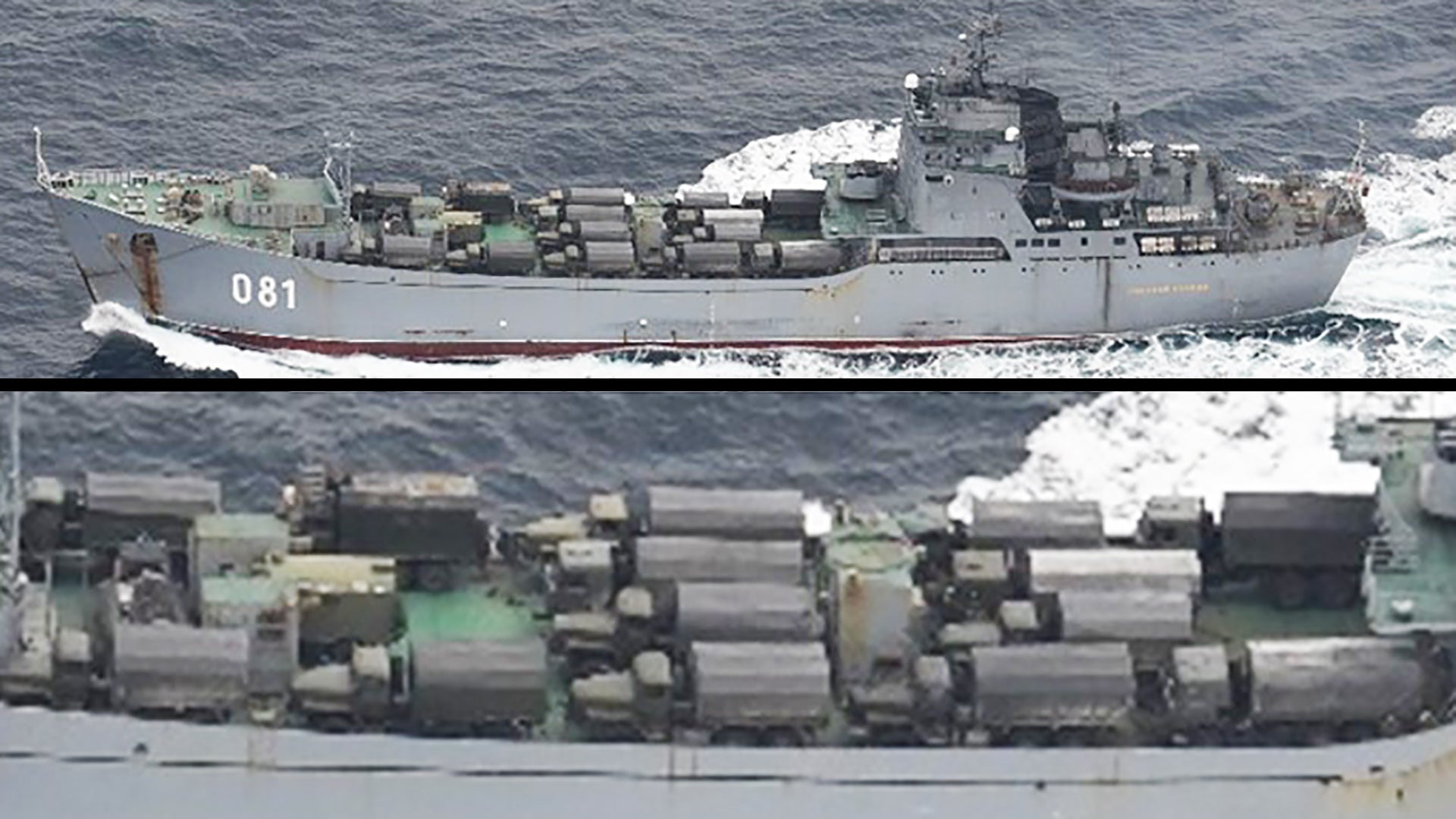Russia’s war in Ukraine has now entered its fourth week. Russian forces continue to heavily employ air, missile, and artillery strikes, especially to bombard a number of besieged cities, including the Ukrainian capital Kyiv, amid sluggish advances on the ground. In turn, countering those stand-off capabilities has become a primary issue for Ukraine’s armed forces and the country has been actively seeking additional air and missile defenses from the United States and other international partners for this purpose. Today, Slovakian authorities confirmed that they might be willing to transfer at least a portion of their stocks of Soviet-era S-300 long-range surface-to-air missile systems to Ukraine if they receive some form of replacements or other security guarantees. Also, there now appears to be a major Russian naval movement in Asia that points to more reinforcements headed to Ukraine.
Before getting into the latest updates below, readers can first get fully up to speed on the state of the conflict with our preceding rolling coverage here.
The Latest
UPDATED—
You can find our continuing rolling coverage of the conflict in Ukraine here.
UPDATED: 9:20 PM EST—
According to the Japanese Ministry of Defense, four heavily laden Russian amphibious warships recently sailed by the country’s Home Islands and were heading west. The idea here is that they may be headed to Europe to bolster Russia’s struggling invasion operation in Ukraine. The Japan MoD released an image of one of the ships showing it packed with military vehicles on its deck.
“We don’t know where they are heading, but their heading suggest it is possible” they could be headed for Ukraine, a Defense Ministry spokesman said.
A Self-Defense Forces maritime patrol first detected Tuesday the Russian vessels — which can carry dozens of tanks, other military vehicles and hundreds of troops — and monitored them as they moved west from the Pacific Ocean to the Sea of Japan through the narrow Tsuruga Strait separating Honshu from Hokkaido on Wednesday.
It is unusual for Russian ships to pass through the strait so close to Japanese territory, the spokesman said.
A Tweet string from the Japan MoD reads, in part:
“Around 8 pm on Tuesday, March 15, the Maritime Self-Defense Force announced a Russian Navy alligator Ⅳ -class tank landing ship and a Ropucha Ⅰ -class tank landing ship traveling westward in the sea area 70 km east-northeast of Shiriyazaki… In addition, around 7:00 am on Wednesday, March 16, the Maritime Self-Defense Force announced a Russian Navy Ropcha Ⅰ class tank landing ship and Ropcha Ⅱ traveling southwest in the sea area about 220 km east-northeast of Shiriyazaki. We confirmed a total of two ships… After that, it was confirmed that these ships sailed westward in the Tsugaru Straits toward the Sea of Japan. The Ministry of Defense and the Self-Defense Forces gathered necessary information and monitored the necessary information by the Maritime Self-Defense Force 2nd Air Group “P-3C” (Hachinohe) and the 7th Escort Corps “Shiranui” (Ominato).”
Russia has already lost large amounts of materiel during its over three-week-old conflict with Ukraine. In addition, many of its troops have been deployed for months, living in harsh and often frigid conditions. A major logistics catastrophe has all but stalled movement along many of Russia’s fronts and has only worsened the experience for troops fighting on Russia’s side. This is on top of Ukrainian forces putting up an incredibly stiff fight. Morale is known to be quite atrocious among some units as fuel, food, and ammunition have trickled forward. And even a relatively fresh fighting force can only have a fraction of its forces in combat at any given time. Securing Ukraine’s port cities is also clearly a priority for which there may be a lack of available manpower to fully accomplish. As a result of all this, we have seen Russia digging deeper into its reserve forces not just within its own borders, but abroad as well, to include foreign fighters, in an effort to backstop the current invasion operation in Ukraine. So, even though this is a long way to send these amphibious vessels and the limited amount of gear they can carry, it may be an absolute necessity at this point.
There is also the issue of how will they access the Black Sea or if they will head there at all, possibly dropping their cargo somewhere else first instead, after which it would be moved into Ukraine some other way.
On February 28, the Turkish government announced that it was closing the Bosphorus and the Dardanelles, the two straits that link the Meditteranean Sea to the Black Sea, to warships from any country over the conflict in Ukraine. Turkey has this authority under a 1936 international agreement known as the Montreux Convention. However, that same Convention does provide a loophole for so-called “riparian” states with a Black Sea coastline, of which Russia is one, who are sending warships back to a home port in that body of water.
“If the warship is returning to its base in the Black Sea, the passage is not closed,” Turkey’s Foreign Minister Mevlut Cavusoglu had made clear back in February. “We adhere to the Montreux rules.”
But these ships clearly are not returning to the Black Sea, so how this will play out will be very interesting if that ends up being their intention. Russia could potentially reassign these ships to its Black Sea Fleet, at least on paper, to try to circumvent Turkey’s prohibitions.
Just we did with the amphibious flotilla that arrived from the North Sea and the Baltic Sea to take part in the Ukraine Invasion, we will keep an eye on these ships, as well.
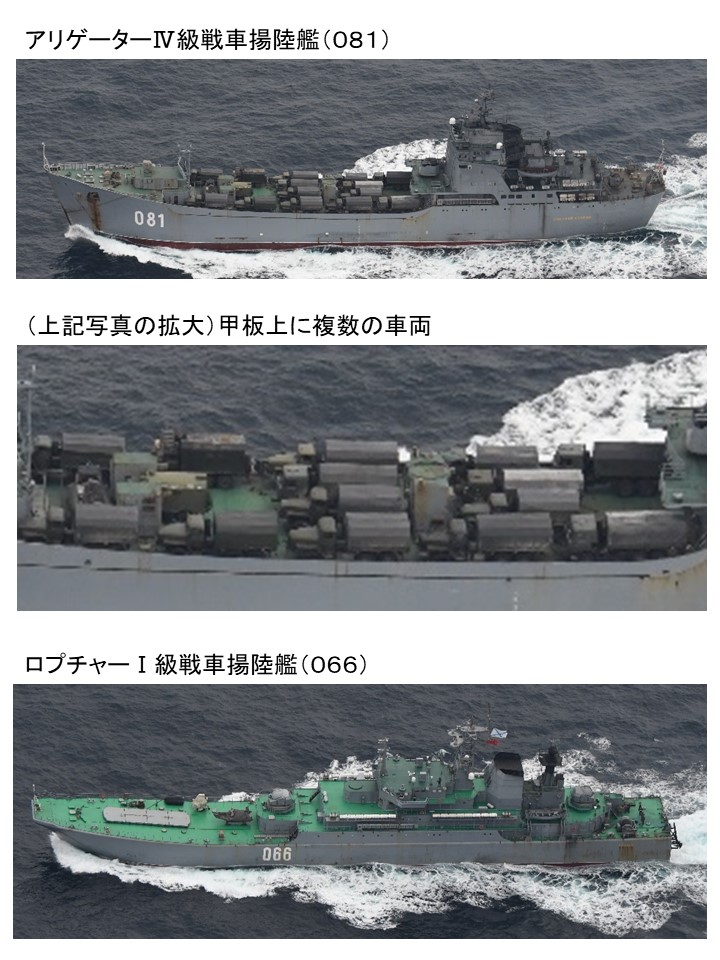
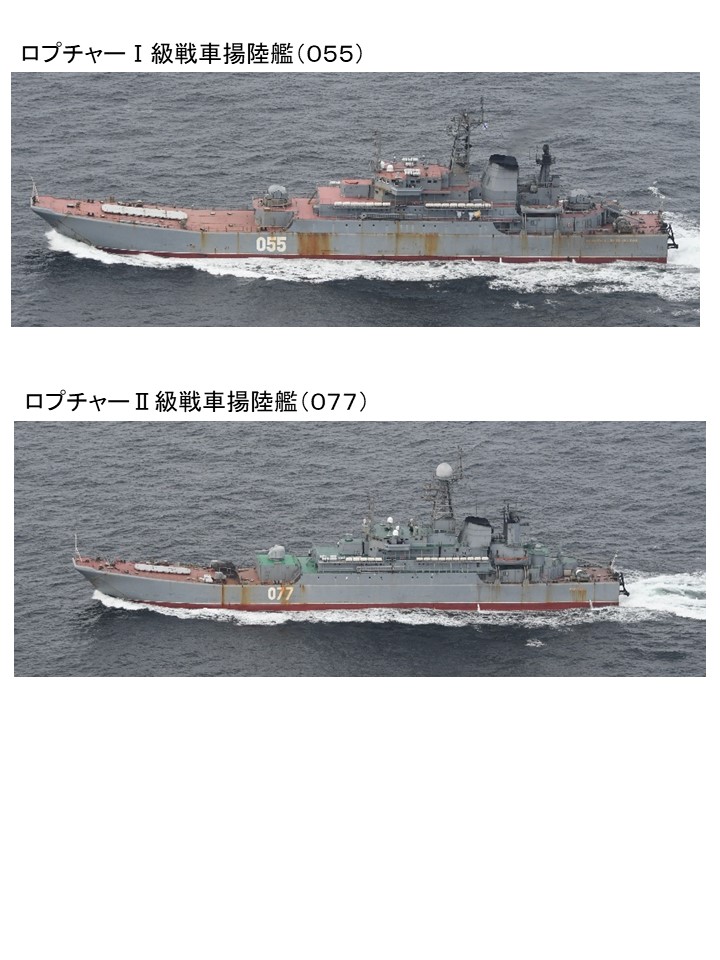
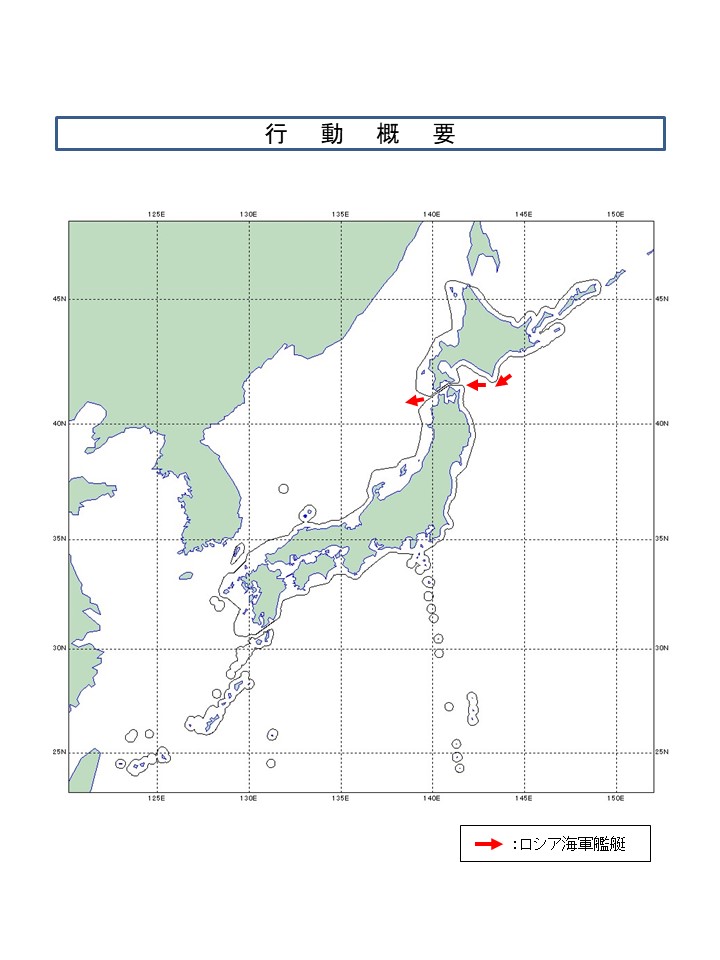
UPDATE: 7:45 PM EST—
There is very low confidence from the Biden Administration that Russia intends to go anywhere with negotiations to end the conflict. Also, the potential for Russia to execute chemical weapons false flag attack is still being driven home:
The latest UK intel report underlines the logistical mess Russian forces remain mired in:
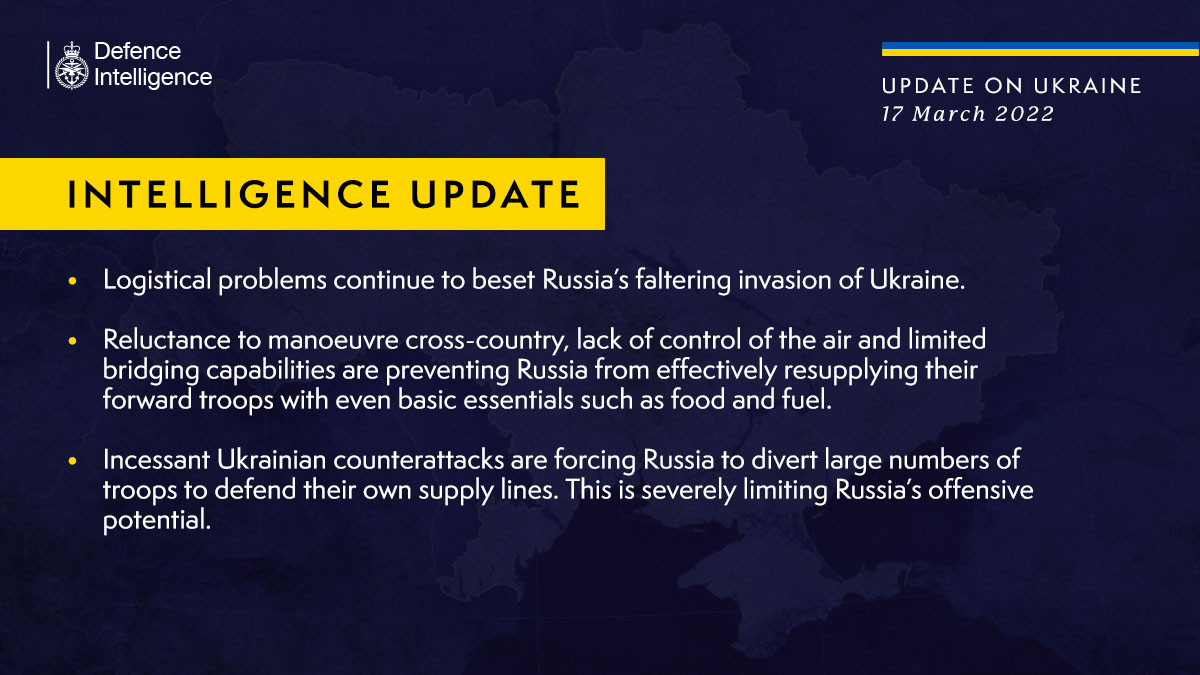
We are getting more and more Russian battlefield perspectives from this war with each passing day:
Stunning video of the funeral procession for a dead Ukrainian soldier:
Another Hind lost:
More improvised scrap armor is seen in these destroyed Russian vehicles:
Smerch MLRS firing on Kharkiv:
POSTED: 1:05 PM EST—
Slovakian Defense Minister Jaroslav Nad confirmed that the transfer of the country’s S-300s to Ukraine is under discussion, as had been previously reported, earlier today while speaking at a press conference alongside visiting U.S. Secretary of Defense Lloyd Austin. “Should there be a situation where there is a proper replacement or if we have a capability guaranteed for a certain period of time, then we would be willing to discuss the future of S-300 system,” Nad explained.
“The only strategic air defense system that we have in Slovakia is the S-300 system,” he continued. “So what would happen immediately when we decide to give it to Ukraine is that we actually create a gap a security gap in NATO.”
The Slovakian armed forces are understood to have a battery equipped with the S-300PMU system, which they inherited as a result of the breakup of Czechoslovakia in 1992-1993. The PMU variant of the S-300 system is similar to the S-300PS/PT variants that Ukraine already operates, including using the same 5V55R interceptors, as you can read more about here.

Neither Nad nor Austin would provide any further details about what exactly the Slovakian government may have already been offered already, such as U.S.-made Patriot surface-to-air missile systems, that would meet its stipulations. However, the German government did announce today that it would be deploying some of its Patriots to Slovakia. Patriot is very roughly analogous, at least in its intended roles, to the S-300 system.
Separately, a video has emerged online today reportedly showing elements of a Ukrainian S-300PS system destroyed near Svatovo in the country’s eastern Donbas region. This was apparently filmed by Russian-backed separatists from the self-declared Luhansk People’s Republic, also commonly referred to by the acronyms LPR and LNR, but it is unclear if these are recent losses.
At the press conference, Secretary of Defense Austin separately raised the possibility of helping Ukraine improve its so-called counter-battery capabilities, which refers to the ability to determine the source of incoming ground-based artillery and missile strikes and then retaliate against those forces. The Ukrainian military has previously received radars optimized for this purpose as part of U.S. military aid packages that were delivered years ago, well before Russia’s invasion.
The U.S. military and other countries have already supplied various shorter-range air defense systems, particularly shoulder-fired surface-to-air missiles of various types, and are planning to send more of these weapons, among other things. The Tweet below shows still from a Ukrainian video meant to instruct personnel on the use of the U.S.-made Stinger, one of the best known of these shoulder-fired systems, which are also known as man-portable air-defense systems (MANPADS).
Various assessments, like those from the British government below, continue to indicate the Russian military’s advances on all fronts in Ukraine have largely stalled in the face of continued Ukrainian resistance.
Additional satellite imagery of Kherson Airbase in southern Ukraine, which Russia present occupies, shows that at least 13 helicopters were severely damaged or destroyed in a recent attack. You can read more about that incident and find high-resolution satellite images that The War Zone obtained here.
The video below reportedly shows a Russian TOS-1A thermobaric artillery rocket system, which you can read more about here, in Ukraine’s northeastern Sumy region.
New video footage, seen below, has emerged showing the shootdown of a Ukrainian Su-25 Frogfoot ground-attack aircraft. However, the clip appears to show an aircraft that was lost early in the conflict.
In terms of a negotiated settlement to the conflict, Dmitry Peskov, the top spokesperson for Russian President Vladimir Putin, said “there are elements there that are right but on the whole it is incorrect,” when asked today about reports that progress had been made toward a deal.
Still, negotiations are clearly underway and Ukrainian officials have asked Turkish authorities to provide security guarantees as part of a deal with the Russian government. Ukrainian Foreign Minister Dmytro Kubela met with his Turkish counterpart Mevlut Cavusoglu just today.
Ukrainian President Volodymyr Zelensky is continuing to appeal directly to world governments for more support remotely from Kyiv. Today he made remarks to members of Germany’s Bundestag, the country’s top legislative body.
“Russia has the might to put all of our brash enemies in their place,” Deputy Secretary of Russia’s Security Council and former president Dmitry Medvedev said today. Medvedev was responding to what he described as “disgusting” actions on the part of the United States to galvanize international support to isolate the Russian government.
The Russian government is continuing its own information war with new and entirely unsubstantiated claims that Ukrainian forces deliberately blew up a theater in the besieged city of southern Ukrainian port city of Mariupol. Russian forces struck the building, which held sheltering civilians, including children, and had the words “children” written in large letters on the pavement outside, yesterday.
Russian officials are continuing to push equally unsubstantiated claims that Ukrainian authorities are preparing to launch chemical or biological weapon attacks, as well as stage some kind of nuclear incident at the now-defunct Chernobyl nuclear power plant, possibly with help from the United States.
We will continue to update this post with new information until we state otherwise.
Contact the author: joe@thedrive.com
